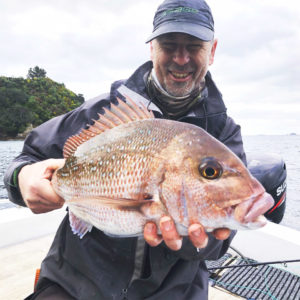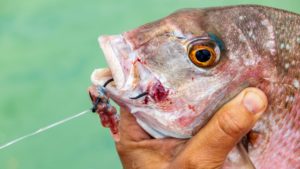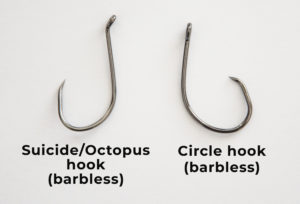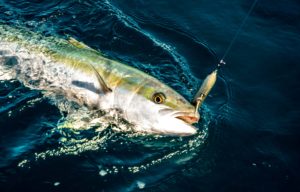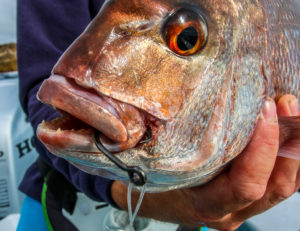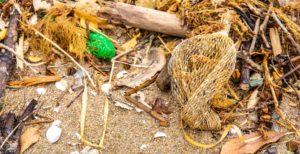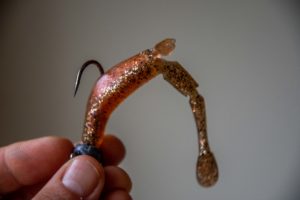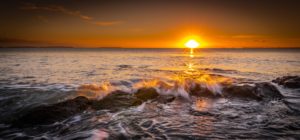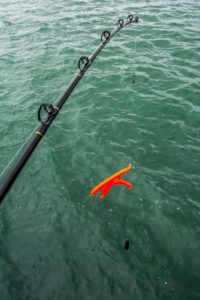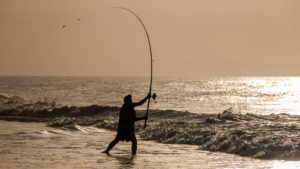
Getting out on the water soon? It’s one of our favourite pastimes – going to the coast and enjoying the green and blue spaces we dream of all year. Sadly, more Kiwis are finding paradise spoilt by rubbish floating by as they swim or on the bottom of the ocean when snorkelling. Walks along the beach reveal plastic wrappers, drink bottles and all manner of rubbish deposited by the receding tide.
It is becoming more common. Kiwis need to realise that Aotearoa needs some help from us, its inhabitants, if we want to once again enjoy a clean green environment. We don’t need government policy to make a difference, we need people to care and take action.
As fishers, we need to make sure we’re not part of the problem. We start with thinking about how to stop bait or berley plastic bags entering into the environment. We can reuse plastic bait bags and we can make sure we don’t discard fishing line offcuts into the sea.
Sadly it is becoming more common for people walking along the Thames coastline to find berley bags washed up on the shore. There are so many that they cannot be one-off accidents, it points to people being too lazy to properly dispose of their rubbish. This is completely unacceptable and shows a lack of respect for nature.
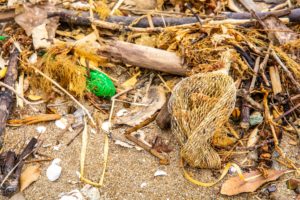
Plastic is a real problem as it breaks down very slowly and can last for many years in the ocean. It will eventually break down but then it is consumed by some animal in the ecosystem and passed up the food chain until a human eats it.
There are some simple things we can do to avoid that scenario. Making sure all items are properly stowed on board so that nothing can accidentally bounce or get blown into the water. Having a different attitude about dumping any stuff over the side is also key. Artificial lures like soft bait tails should be replaced before they get worn and easily pulled off the jig head.
Not letting waste enter the environment is the first step, picking up any man-made rubbish is the second step. Instead of hurrying home and ignoring floating plastic or similar items, stop and collect whatever you see. Take a spare container to collect the extra stuff and be vigilant when out on the water. The other invaluable thing you can do is help others to be kaitiaki (guardians). Younger generations and any fishing mates who aren’t as aware of the dangers posed by rubbish can be positively influenced to become people who care and act with respect.
It’s smart to get more people educated and involved. If you want to do more, check out Sustainable Coastlines who run community beach care cleanups – you could be the catalyst for great things in your community. www.sustainablecoastlines.co.nz

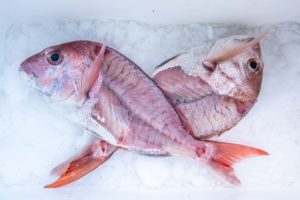
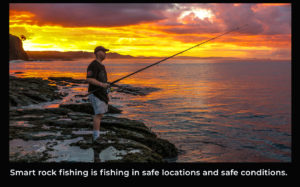

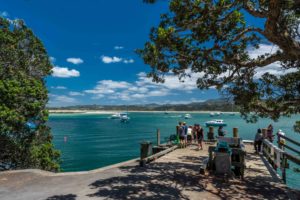
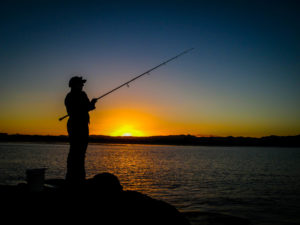
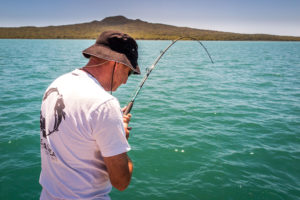
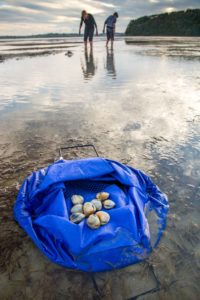
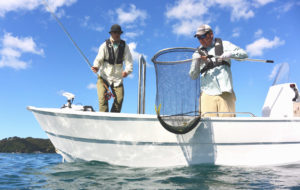
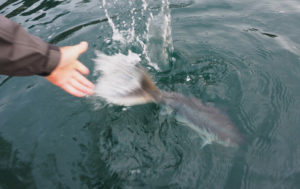 what I am seeking. While fly-fishing has an established catch and release ethic it is also a really fun way to catch a feed of healthy wild-caught food.
what I am seeking. While fly-fishing has an established catch and release ethic it is also a really fun way to catch a feed of healthy wild-caught food.